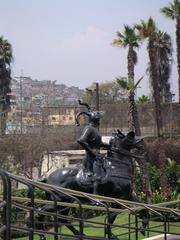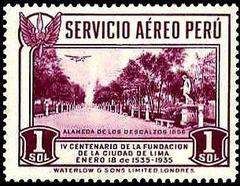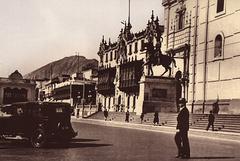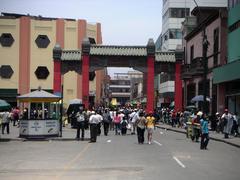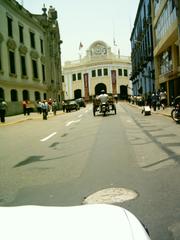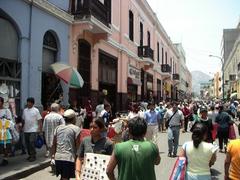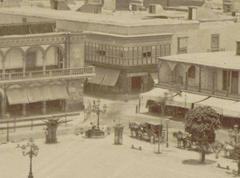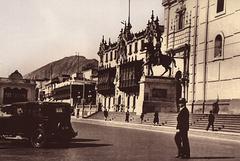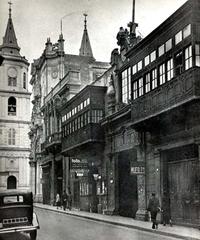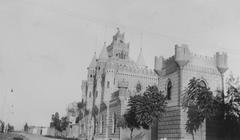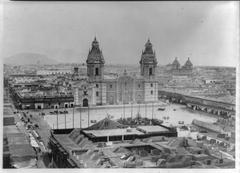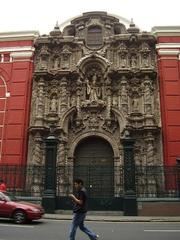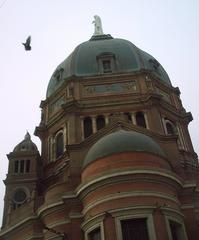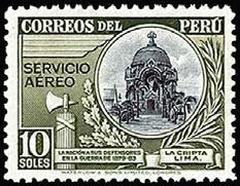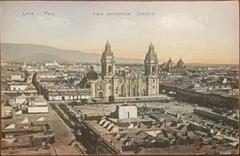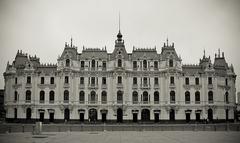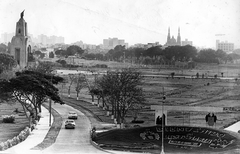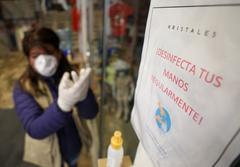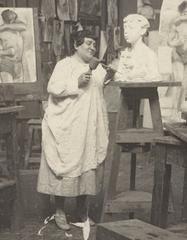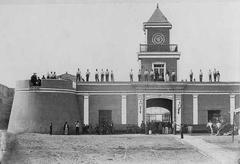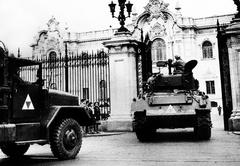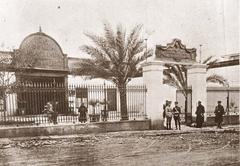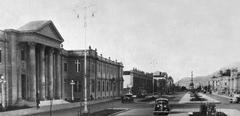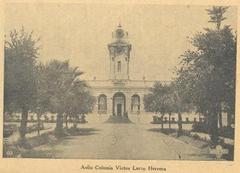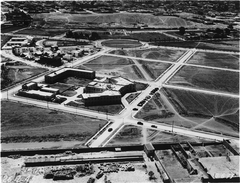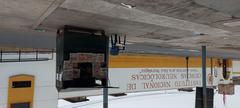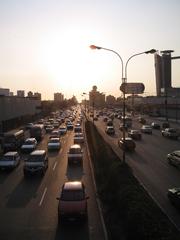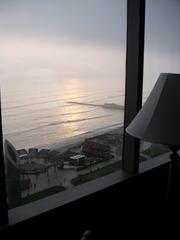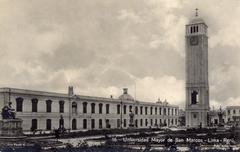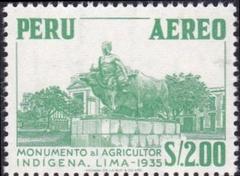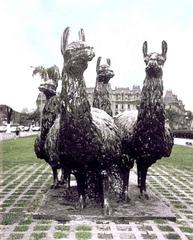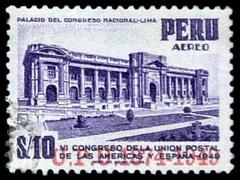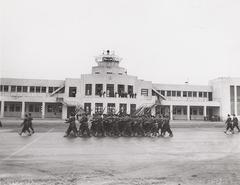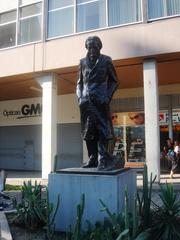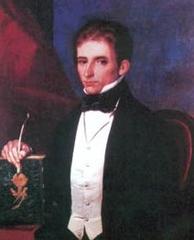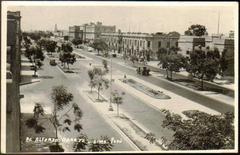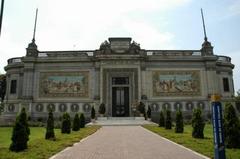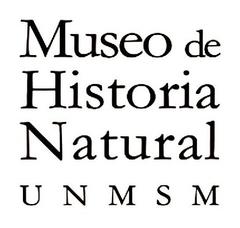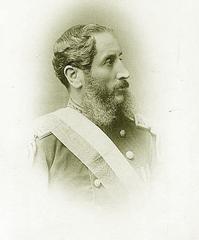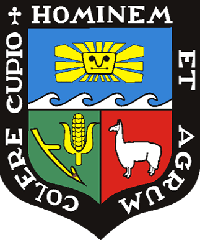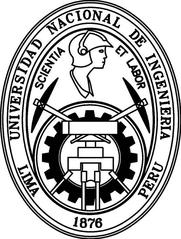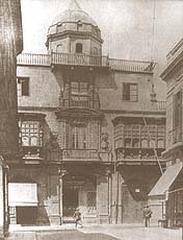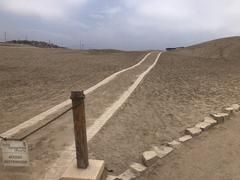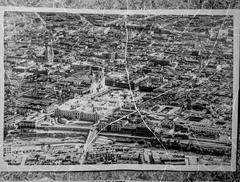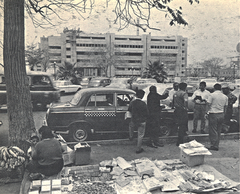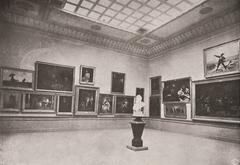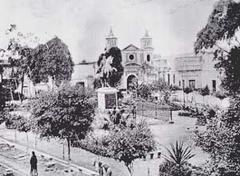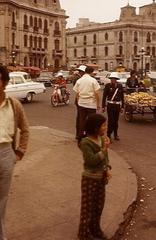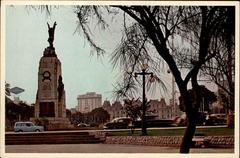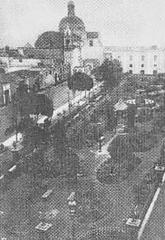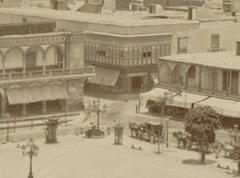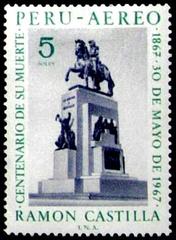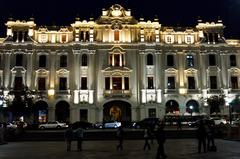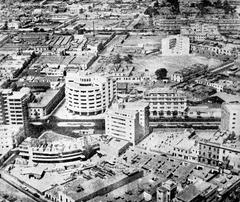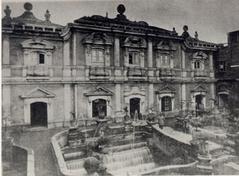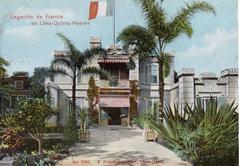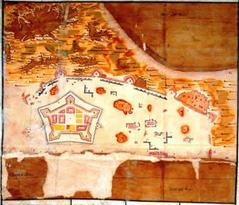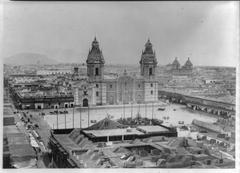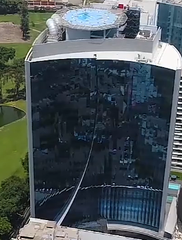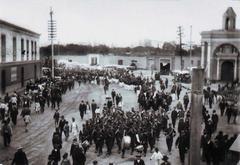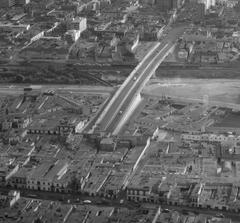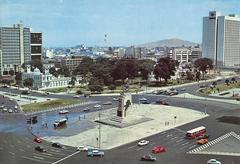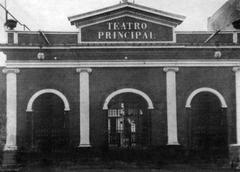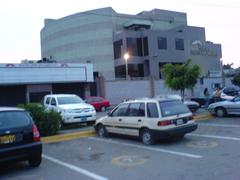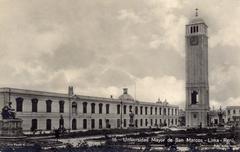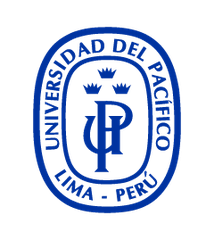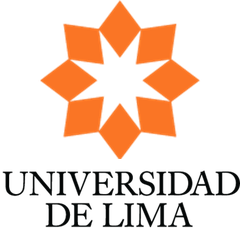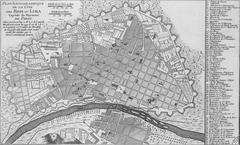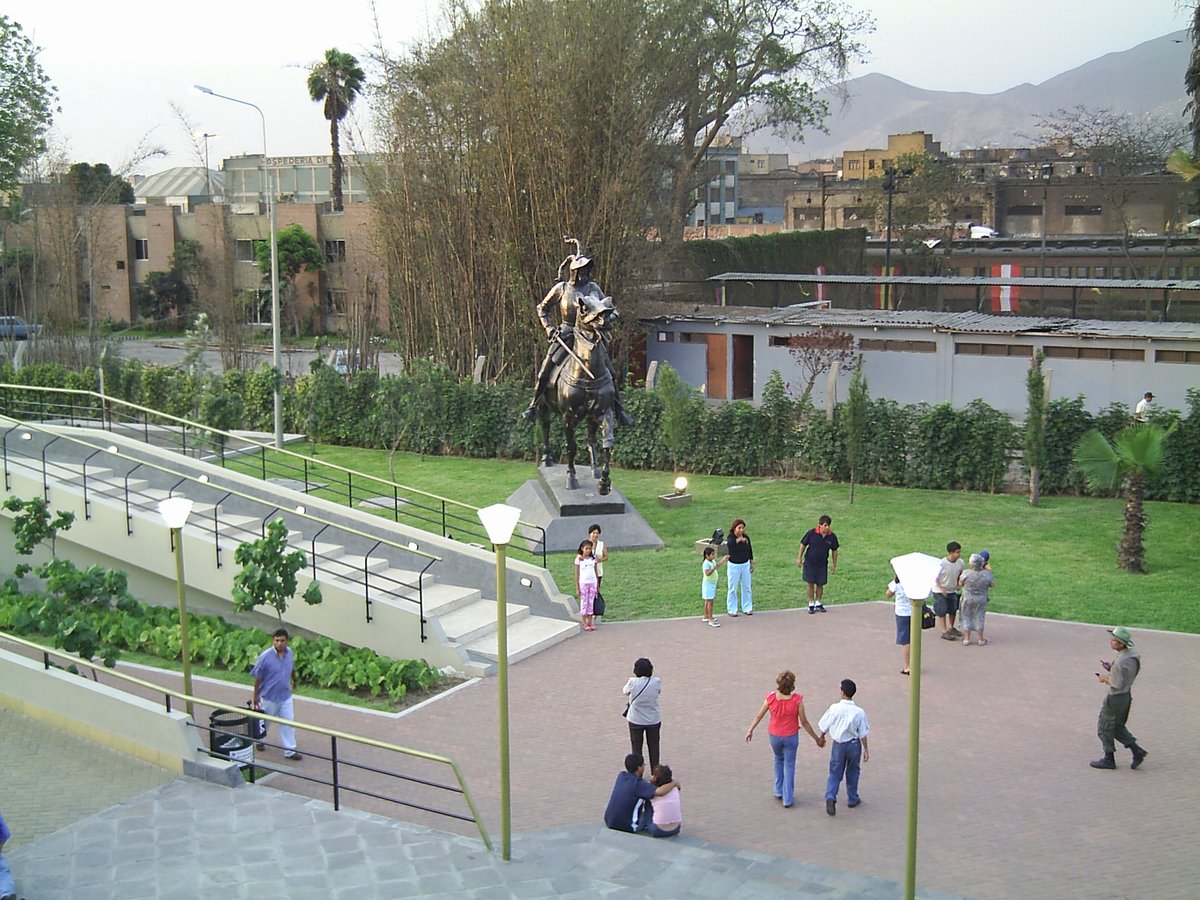
Comprehensive Guide to Visiting Museo de Sitio Parque de La Muralla, Lima, Peru
Date: 17/07/2024
Introduction
The Museo de Sitio Parque de La Muralla, located in the heart of Lima, Peru, is a unique historical site that offers visitors an immersive experience into the city’s rich colonial past. Nestled within the remnants of Lima’s old city wall, La Muralla, the museum stands as a testament to the city’s strategic importance during the Spanish colonial period. Constructed in the late 17th century under Viceroy Melchor de Navarra y Rocafull, the wall was an essential fortification against pirate attacks and other external threats (Museo de Sitio Parque de La Muralla). This comprehensive guide will provide you with all the necessary information for planning your visit, including the museum’s history, archaeological significance, visiting hours, ticket prices, and travel tips. By exploring the museum, visitors can gain a deeper understanding of Lima’s historical and cultural development, making it an essential stop for anyone interested in Peru’s rich heritage.
Table of Contents
- Introduction
- Origins and Early History
- Colonial Significance
- Decline and Rediscovery
- Archaeological Discoveries
- Restoration and Preservation
- Visitor Information
- Travel Tips and Nearby Attractions
- Educational and Cultural Impact
- FAQ
- Conclusion
Origins and Early History
The Museo de Sitio Parque de La Muralla offers a glimpse into Lima’s colonial past. The museum is situated within the remnants of the old city wall, known as “La Muralla,” constructed in the 17th century under Viceroy Melchor de Navarra y Rocafull, the Duke of La Palata, between 1684 and 1687. The primary purpose of the wall was to protect the city from pirate attacks and other external threats. The construction of La Muralla was a monumental task, involving the labor of indigenous people and African slaves. The wall originally stretched for approximately 11 kilometers and included 34 bastions, 5 gates, and several smaller entrances (Museo de Sitio Parque de La Muralla).
Colonial Significance
During the colonial period, Lima was a vital administrative and commercial hub for the Spanish Empire in South America. The city wall played a crucial role in safeguarding the wealth and resources stored within Lima. The wall’s construction was part of a broader strategy to fortify the city against potential invasions and to control the movement of people and goods. The wall’s gates were heavily guarded, and access was strictly regulated, reflecting the Spanish authorities’ concerns about security and control (Lima’s Colonial History).
Decline and Rediscovery
By the late 19th century, the wall had lost its strategic importance due to changes in military technology and urban expansion. In 1872, under the presidency of José Balta, significant portions of the wall were demolished to make way for the city’s growth and modernization. The remnants of La Muralla were gradually buried and forgotten as Lima expanded and developed over the following decades (History of Lima).
The rediscovery of the wall began in the late 20th century, during urban development projects in the historic center of Lima. Archaeological excavations revealed substantial sections of the wall, prompting efforts to preserve and showcase this important part of the city’s heritage. The Museo de Sitio Parque de La Muralla was established in 2004 to protect and interpret the archaeological findings and to educate the public about Lima’s colonial history (Museo de Sitio Parque de La Muralla).
Archaeological Discoveries
The archaeological excavations at the site of La Muralla have uncovered a wealth of artifacts and structures that provide valuable insights into Lima’s colonial past. Among the most significant discoveries are the remains of the original wall, including sections of the foundation and several bastions. These findings have helped historians and archaeologists to better understand the construction techniques and materials used in the 17th century.
In addition to the wall itself, the excavations have revealed a variety of artifacts, including pottery, tools, and personal items that offer a glimpse into the daily lives of the people who lived and worked in the area. These artifacts are displayed in the museum, providing visitors with a tangible connection to the past (Archaeological Discoveries).
Restoration and Preservation
The preservation of the wall and the establishment of the museum have been significant undertakings, involving collaboration between local authorities, archaeologists, and conservation experts. The restoration efforts have focused on stabilizing the remaining sections of the wall and protecting them from further deterioration. This has included the use of modern conservation techniques and materials to reinforce the original structures while maintaining their historical integrity.
The museum itself has been designed to integrate seamlessly with the archaeological site, providing visitors with a unique opportunity to explore the history of La Muralla in situ. The museum’s exhibits are carefully curated to highlight the significance of the wall and its role in Lima’s colonial history, while also showcasing the broader historical and cultural context of the period (Restoration Efforts).
Visitor Information
Visiting Hours
The Museo de Sitio Parque de La Muralla is open to the public from Tuesday to Sunday. The visiting hours are from 9:00 AM to 5:00 PM. It is closed on Mondays and public holidays.
Tickets
The ticket prices for the museum are very affordable. General admission is 10 Peruvian Soles, while children, students, and seniors can enter for a reduced price of 5 Peruvian Soles. Special rates are available for group visits and guided tours.
Travel Tips and Nearby Attractions
When visiting the Museo de Sitio Parque de La Muralla, it is recommended to wear comfortable walking shoes as there is a lot to explore. Nearby attractions include the Historic Centre of Lima, Plaza Mayor, and the Cathedral of Lima. These sites offer additional insights into Lima’s rich history and cultural heritage.
Educational and Cultural Impact
Since its opening, the Museo de Sitio Parque de La Muralla has become an important cultural and educational resource for the city of Lima. The museum offers a range of educational programs and activities designed to engage visitors of all ages and backgrounds. These programs include guided tours, workshops, and interactive exhibits that encourage visitors to explore the history and heritage of Lima in a hands-on and immersive way.
The museum also plays a vital role in promoting cultural heritage and historical awareness within the local community. By preserving and interpreting the remains of La Muralla, the museum helps to foster a sense of pride and connection to the city’s past. This is particularly important in a rapidly growing and modernizing city like Lima, where the pressures of urban development can sometimes overshadow the importance of historical preservation (Cultural Impact).
FAQ
What are the visiting hours for Museo de Sitio Parque de La Muralla?
The museum is open from Tuesday to Sunday, 9:00 AM to 5:00 PM. It is closed on Mondays and public holidays.
How much do tickets cost for Museo de Sitio Parque de La Muralla?
General admission is 10 Peruvian Soles. There are reduced prices for children, students, and seniors at 5 Peruvian Soles. Special rates are available for group visits and guided tours.
Are there guided tours available?
Yes, the museum offers guided tours that provide an in-depth understanding of the site’s history and significance. It is advisable to book these in advance.
What are some nearby attractions?
Nearby attractions include the Historic Centre of Lima, Plaza Mayor, and the Cathedral of Lima, all of which offer additional insights into Lima’s rich history and cultural heritage.
Conclusion
The Museo de Sitio Parque de La Muralla stands as a testament to Lima’s rich colonial history and the enduring legacy of its city wall. Through its preservation and educational efforts, the museum provides a valuable resource for understanding the historical and cultural context of Lima’s development. The rediscovery and restoration of La Muralla have not only uncovered important archaeological findings but have also helped to reconnect the city with its past, ensuring that this significant chapter of Lima’s history is remembered and celebrated for generations to come. For more information or to plan your visit, check out the official Museo de Sitio Parque de La Muralla website.
References
- Museo de Sitio Parque de La Muralla https://www.munlima.gob.pe/museo-de-sitio-parque-de-la-muralla
- Lima’s Colonial History https://www.peru.travel/en-us/what-to-do/culture/colonial-lima
- History of Lima https://www.britannica.com/place/Lima
- Archaeological Discoveries https://www.peru.travel/en-us/what-to-do/culture/archaeology
- Educational Initiatives https://www.munlima.gob.pe/educational-initiatives
- Visitor Information https://www.peru.travel/en-us/what-to-do/culture/museums/museo-de-sitio-parque-de-la-muralla
- Preservation Projects https://www.munlima.gob.pe/preservation-projects
- Community Outreach https://www.munlima.gob.pe/community-outreach
- Economic Contributions https://www.peru.travel/en-us/what-to-do/culture/museums/museo-de-sitio-parque-de-la-muralla
- Future Plans https://www.munlima.gob.pe/future-plans
- Plaza Mayor https://www.peru.travel/en-us/what-to-do/cultural-heritage/historical-centers/plaza-mayor
- Cathedral of Lima https://www.culturalperu.com/cathedral-of-lima/
- Government Palace https://www.peru.travel/en-us/what-to-do/cultural-heritage/historical-centers/government-palace
- El Cordano https://www.tripadvisor.com/Restaurant_Review-g294316-d1089051-Reviews-El_Cordano-Lima_Lima_Region.html
- Tanta https://www.tripadvisor.com/Restaurant_Review-g294316-d1089051-Reviews-Tanta-Lima_Lima_Region.html
- Jirón de la Unión https://www.peru.travel/en-us/what-to-do/cultural-heritage/historical-centers/jiron-de-la-union

